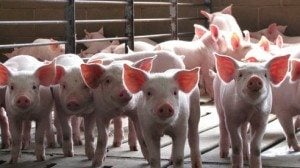Ohio Farm Bureau Podcast: White House conversations and trade updates
Hear about Adele Flynn’s recent trip to the White House and a trade update from The Ohio State University.
Read MoreThere were some valuable lessons learned from HPAI that can be used across all of Ohio's livestock sectors.
As society becomes more and more connected, things like commodities, goods, services and ideas are marketed and shared on a global level. Unfortunately, the connectedness of the world is also causing foreign animal diseases to be inadvertently shared, having an adverse impact on animal agriculture.
“We still have the safest food supply in the world, but we also have vulnerabilities,” said Dr. Dennis Summers, state veterinarian with the Ohio Department of Agriculture. “With the amount of global movement, how fast you can move products, the amount of people coming in and out of our country, we really need to be ever present and vigilant about keeping our animal agriculture industries safe.”
After just over one year on the job as state veterinarian, Summers was given the task of containing the third biggest 2022 outbreak of High Pathogenic Avian Influenza (HPAI) in the U.S., allowing his team to take what they knew in an academic setting and putting previous mock tabletop exercises into practice.
“There were some steep learning curves on the front end, but at the end of the day we’ve been through one now, we’ve seen what it’s like, and we actually know what the hurdles are,” Summers said. “Now, we want to take that information and make it translatable to other livestock industries and get in front of producers that can understand and share with them what we learned.”
One of the biggest lessons learned from Ohio’s HPAI outbreak was the reliance on multiple modalities for depopulation as part of the response.
“It’s our regulatory duty to eradicate disease, but having multiple modalities happening at the same time keeps the speed at which you can contain the virus manageable,” Summers said. “Our livestock industry partners should start thinking of two or three simultaneous methods because they’ve got to keep the speed up, because the longer that depopulation takes, the more likely the virus is to spread, the more likely it is that your biocontainment is going to fail and all of a sudden you jeopardize your industry partners.”
Summers said the experience also showed how the process of getting contracts and vendors and cooperative agreements in place to allow money to start transferring to move those processes forward was less than expeditious. That is something he hopes to work on with his federal counterparts to improve.
Another takeaway from the outbreak was the vast amount of space that is needed to dispose of the biological material.
“The amount of land space, the amount of mulch and carbon sources that are needed to carry out a successful disposal response was way more than we thought,” he added. “A producer may think they know what they want to do, but when they actually sit down and crunch the numbers and figure out how much they’re going to need, I think they’d be shocked.”
Funding for a new Animal Disease Diagnostic Lab, which Ohio Farm Bureau advocated for, was part of the 2022 Ohio biennial budget. This will provide $72 million to build a new state-of-the-art facility on the grounds of the Ohio Department of Agriculture, adding another safeguard to food safety for Ohioans.
“When the current lab was originally built in the early 60s, it was this little tiny building that was built to help eradicate TB and brucellosis and pseudorabies, but as time has gone on, diseases have changed as we saw firsthand last year,” Summers said. “We do a lot of testing to support the products that we consume every day, so it’s a really important lab to keep thriving and keep it moving forward the next 20 to 25 years.”
Dr. Summers and his team are currently laying out plans for the new ADDL, with the goal to open the new facility by December 2026.
Ohio had the third largest outbreak of Highly Pathogenic Avian Influenza in 2022, and that has all livestock organizations sharing even more information and resources when it comes to biosecurity. On this Ohio Farm Bureau Podcast, Ty visits with guests at the 2023 Ohio Pork Congress, including Ohio Pork Council President Nick Seger and State Veterinarian Dr. Dennis Summers, who said there were some valuable lessons learned from HPAI that can be used across all of Ohio’s livestock sectors.
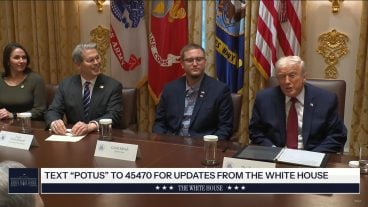

Hear about Adele Flynn’s recent trip to the White House and a trade update from The Ohio State University.
Read More

Wright & Moore walks us through some key principles to help guide the post-succession process.
Read More

AFBF President Zippy Duvall discusses the importance of policy development and OEC talks about Ohio’s winter energy season.
Read More
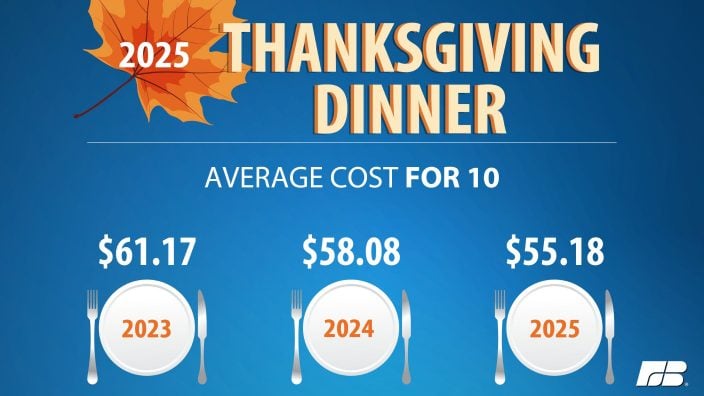
Hear the results of Farm Bureau’s Thanksgiving Survey and the latest on Ohio Farm Bureau Health Plans.
Read More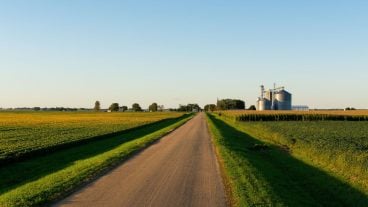
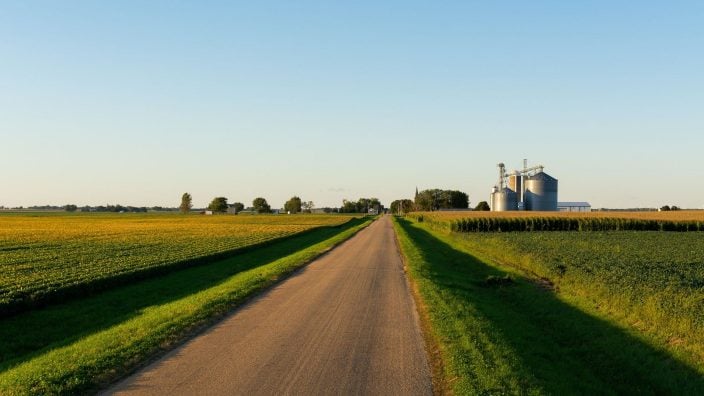
Hear how Nationwide and the Hummel Group are supporting agribusinesses. We also get insight on OSU’s 2025 Agricultural Outlook and Policy Conference.
Read More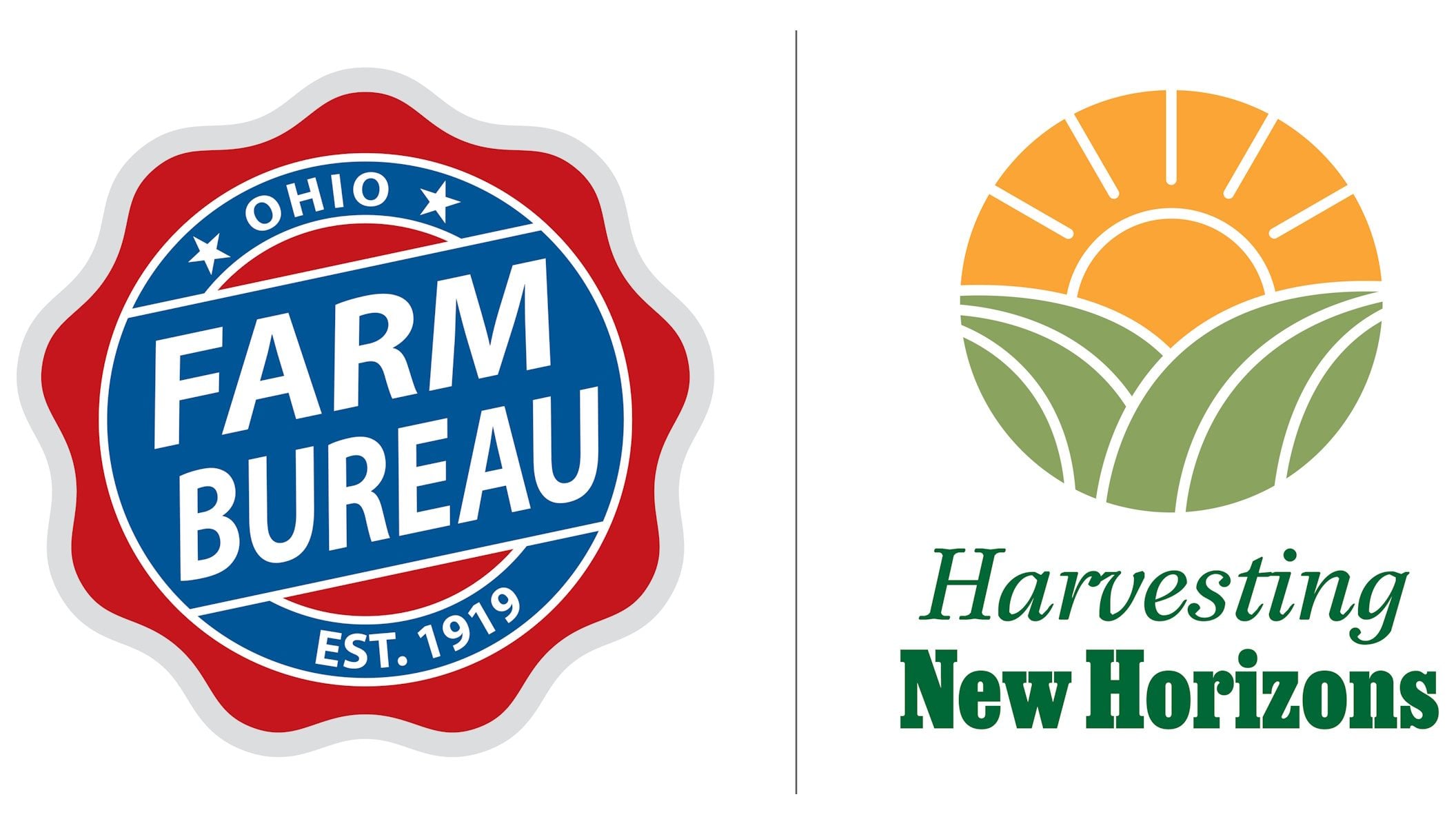

Get the inside scoop on the 2026 Winter Leadership Experience from our keynote speaker and members of the Young Ag Professionals Committee.
Read More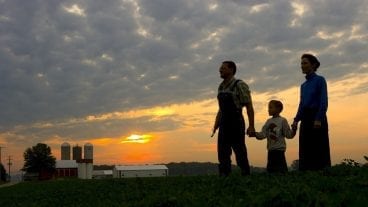

Get an update on recent headlines in agriculture as we sit down with Brad Bales, Ohio Farm Bureau senior director of state and national policy.
Read More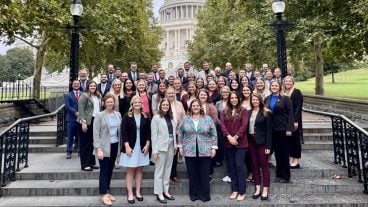
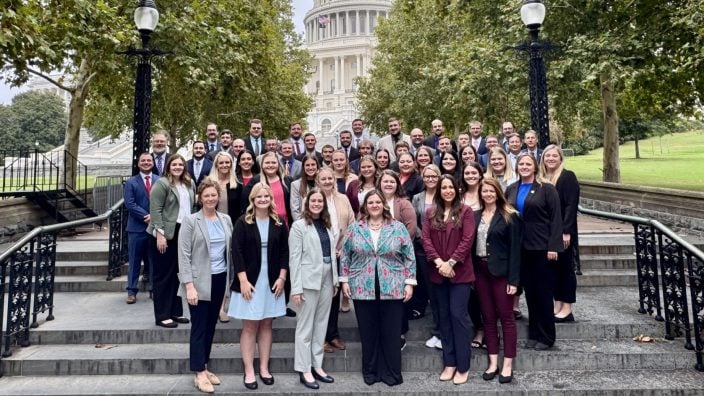
Hear about the upcoming Winter Leadership Experience and the recent trip to Washington, D.C., for Young Ag Professionals and the current AgriPOWER class.
Read More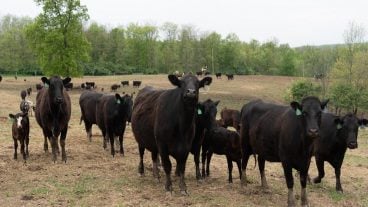

Hear from OSU Extension on current market trends and learn about Nationwide’s renewed focus on cattle operations.
Read More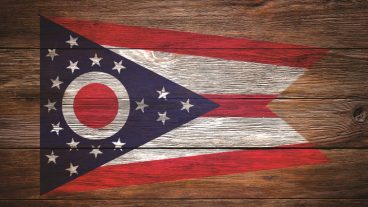
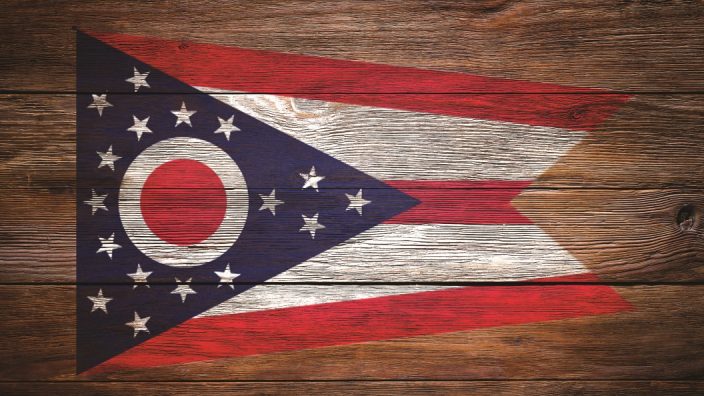
As the campaign trail for Ohio’s next governor gets underway, we talk with Vivek Ramaswamy and Dr. Amy Acton at the 2025 Farm Science Review.
Read More